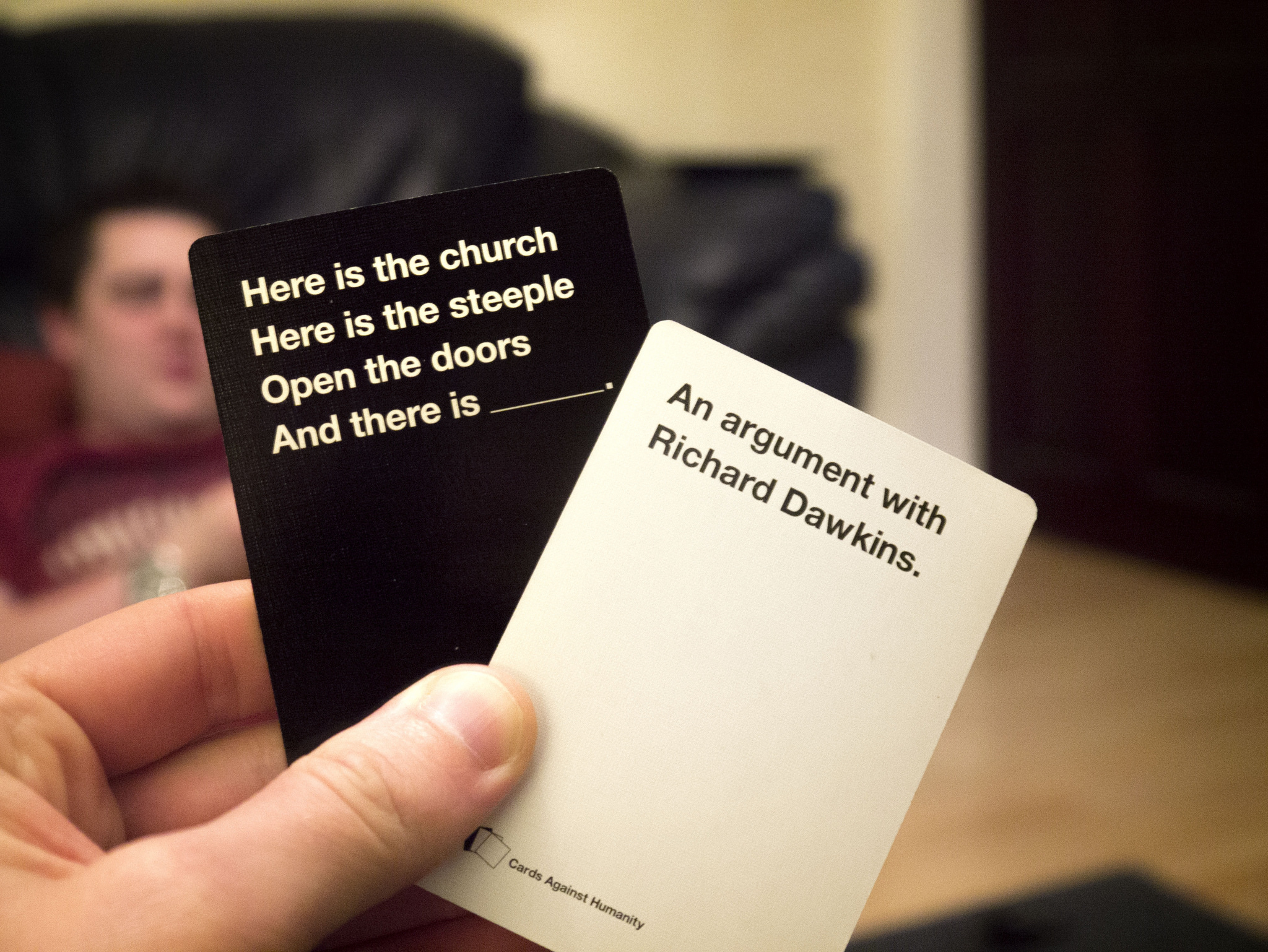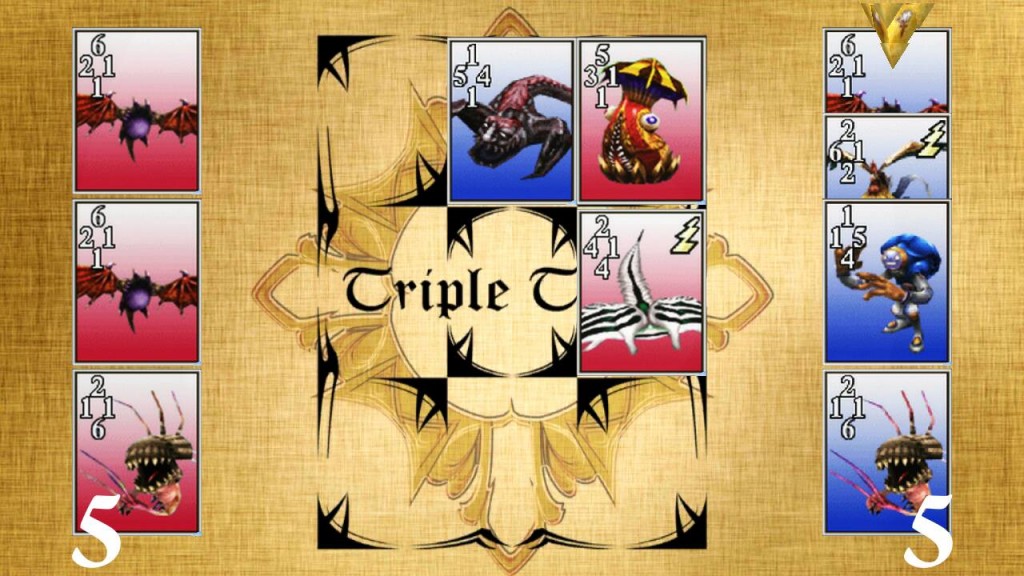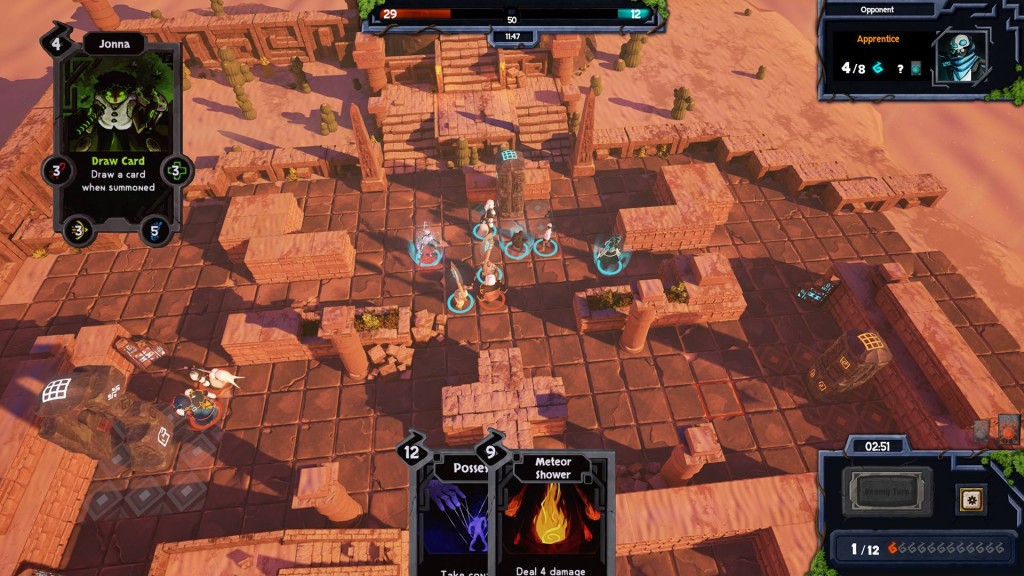The popularity of card games in the second decade of the 21st century seems more than a little ironic (tech like the iPhone ought to have buried cards along with calculator watches a long time ago) but it’s precisely our technological bent that keeps ancient pastimes alive, the more outlandish games getting a go at life through crowdfunding sites like Kickstarter while Pokémon lives on in a browser game.
Mobile Casino
But why are we so enamoured with card games? The appeal of classic hobbies like poker, blackjack, and baccarat is obvious – they all provide a social opportunity and a chance of winning prizes – but the development of mobile casino brands like 32Red transformed the traditional experience into a 24-hour industry, with apps playable on the bus or in the queue for the butcher’s shop. 32Red has no fewer than 26 blackjack options including High Limit European, Vegas Strip and Atlantic City, and 21 poker options to suit all tastes and abilities. To top it up, players get a £32 bonus for each £10 deposit too, creating an incentive to log in and play.
Casino brands have also leapt on “live” casino as a way to attract new and younger players to poker and blackjack, by providing a more social, interactive environment. For example, CasinoEuro has more than 20 different tables with human croupiers on webcam. Players can choose their favourite game and dealer, and play as if they were seated at a real table. It’s arguably an intermediate step between playing a regular game and playing with a brand like SlotsMillion, one of the first virtual reality casinos.
Source: Alessandro Hyōryū Prenna on Facebook.
Pokémon
Of course, it’s impossible to ignore the role of aesthetics and the simple need to collect pretty things in the enduring appeal of card games. The obvious candidate is Pokémon, whose 718 critters are just the tip of the iceberg (there are Trainer cards, Energy cards, Shiny, Holo and Art cards) but digital games like Final Fantasy VIII’s Triple Triad feature a large collection element too, even if you only got a star icon in the character menu for completing the set.
The list of collectable card games goes right back to 1993 with the release of the inaugural Magic: The Gathering packs. Two years later, around 40 different card games had appeared on the market, including a set related to Lord of the Rings. There’s an important distinction to be made here though – the above are cards used in “battle” games; trading cards (like baseball cards) have been around for over a hundred years.
eSports
Many of the most popular RPG franchises now boast some kind of player vs. player card game on mobile and desktop. The Elder Scrolls’ version (Legends) appeared in mid-March, joining The Witcher (Gwent), and Warcraft (Hearthstone). However, as mentioned, Final Fantasy VIII and IX introduced the world to Triple Triad and Tetra Master, two games about defeating opponents via the placing of cards on a game board, nearly two decades ago.

“311A5567” (CC BY 2.0) by SteelSeries
There’s now an entire eSport (a type of arena-based competitive video gaming) category dedicated to Hearthstone, one which developer Blizzard is determined to see accepted alongside the more conventional shooters like Overwatch and Counter Strike: Global Offensive. The company increased the prize money available on the Hearthstone Championship Tour from $250,000 to almost $2m between the 2015 and 2016 season.
Similarly, around 2,000 people regularly attend Magic: The Gathering tournaments from a pool of 20m players around the world.
Exploding Kittens
So, what’s next for card games? It’s probably fair to say that beyond digital media, physical card games are getting more inventive (and a lot sillier) with each passing year. Ignoring the controversial Cards Against Humanity, crowdsourced games are almost a genre of their own; for example, Bears vs. Babies and Exploding Kittens arrived courtesy of Kickstarter and an Oatmeal cartoonist, while Joking Hazard is the card game equivalent of the Cyanide & Happiness web comic.
Source: Ancestory on Facebook
There’s also a growing niche of video games that meld card game mechanics with more conventional gameplay, titles like SMITE: Tactics and Ancestory, where parties, heroes, and skills come from amassed cards rather than from the characters themselves. It’s more of an aesthetic difference than a true innovation (Ancestory looks like an isometric RPG but its gameplay is similar to Hearthstone) but the genre’s existence is still testament to the versatility of card-based experiences.
Card games are an enduring part of popular culture, the ease at which they’re played and created allowing them to compete with the more advanced bits of the modern world.



